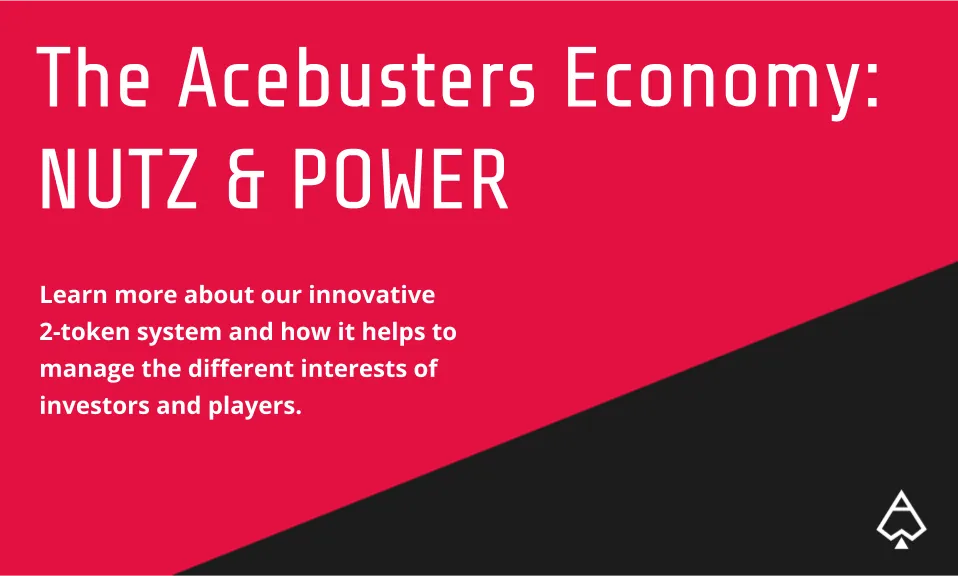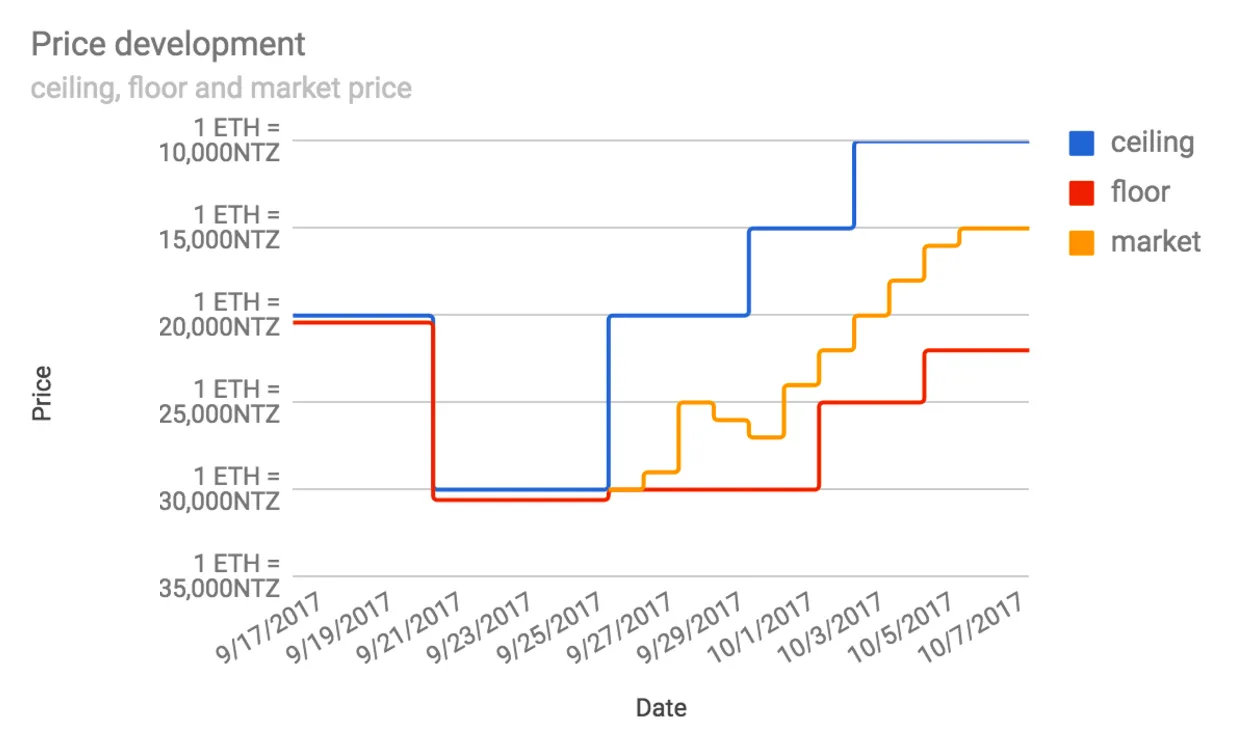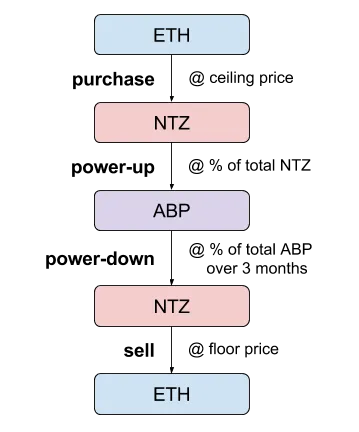
In his tweetstorm "Replacing Networks with Markets" Naval Ravikant describes blockchains as merit-based market networks. Stakeholders that contribute value to the network are rewarded with tokens and if the incentives are aligned well, the network will keep going.
In practice, we find that blockchains have groups of stakeholders with distinct interests, which are not always aligned.
| Interest Groups: | HODLers Spenders |
Investors |
Affiliates Investors |
Taking the example of Bitcoin, misaligned interests of miners and spenders have lead to a year-long scaling debate, and finally to a fork that produced BCC.
For many young tokens, which have been issued in fixed-supply as ERC20 tokens on the Ethereum blockchain, the interests of investors and users misalign. Investors seek profits through speculation, they create volatility and profit through pump-and-dump schemes. This leads to pain for its users, being also affected by the price volatility and changing availability of the token. The risk of being hurt by volatility hinders the adoption of these tokens.

Two Tokens to the Rescue
In the Acebusters economy, three interest groups can be distinguished: players, affiliates, and investors. Their interests can be described as follows:
Players:
- Consistent liquidity
- Bankroll protected from market volatility
Affiliates and Investors:
- Profit from the success of the Dapp
- Participate in its governance
To equally cater to the interests of the groups, we have created an innovative two-token system of Nutz (NTZ) and Acebusters Power (ABP).
Nutz (NTZ)
NTZ are the entry-gate to the Acebusters economy. NTZ are uncapped in supply and can be purchased with Ether and converted back to Ether on the contract level at any time. To enable this, the smart contract implements a ceiling price and a floor price. This concept is borrowed from Vlad Zamfir's Safe Token Sale Mechanisms.
By setting the ceiling price and floor price to a specific spread, the contract acts as buyer and seller of last resort, when certain price levels are reached:

The chart depicts an exemplary price development for the NTZ token:
- Initially NTZ will be tradeable at no spread allowing users to get in and out of the economy at no cost.
- During the crowdsale period, a discount will be applied to the ceiling price, and the floor price will be set at 2% of spread to the ceiling price.
- After the successful closing of the crowdsale, the spread between floor and ceiling will be widened, and the token will be listed at markets for trading. The price will be bounded and hence weakly pegged to the Ether price.
The Ether reserve that the Acebusters contracts maintain, and the described weak peg will protect the players’ bankrolls from high price volatility that otherwise a young token could experience.
Acebusters Power (ABP)
NTZ can also be converted to ABP through a process called power-up and ABP can be converted back to NTZ through power-down. ABP is not transferable and represents a percentage share of the total economy, allowing for dividend distribution and voting.

When powering up, the user’s NTZ are removed from his account and an amount of ABP is in exchange assigned to his account. The amount of assigned ABP in relation to total ABP equals the amount of NTZ removed in relation to total NTZ. This allows the user to switch from holding a fixed amount of tokens to holding a percentage share of the total Acebusters economy.
The power-down works in the exact opposite way. The only difference is that while the power-up is instant, a power-down is split over up to 10 payouts and a period of 3 months. Holding ABP, affiliates and investors can participate in the governance of the Dapp through voting, and profit from the growth of the network through holding a percentage share of it.
We presented an economy with two interlocked tokens that caters to the interests of the different groups of stakeholders. You are welcome to test our live deployment at dapp.acebusters.com.